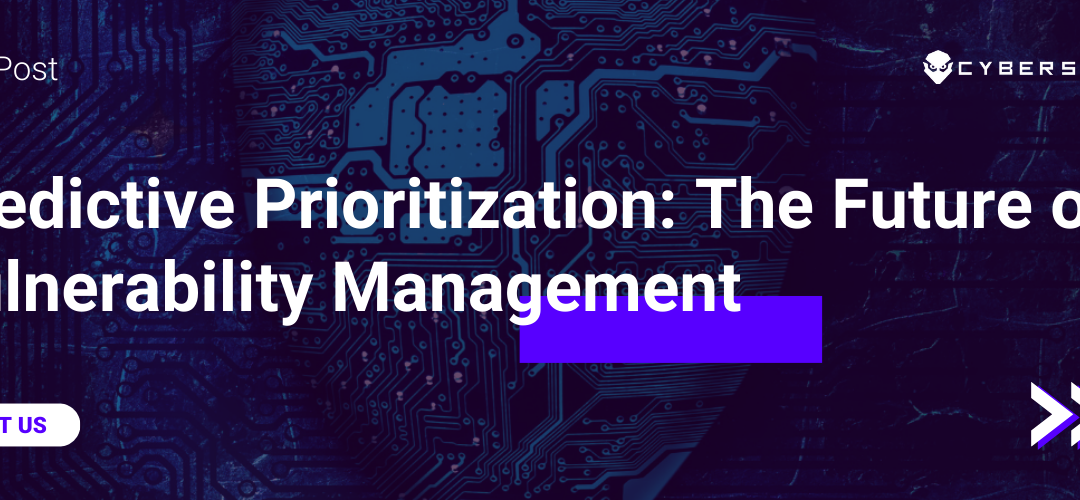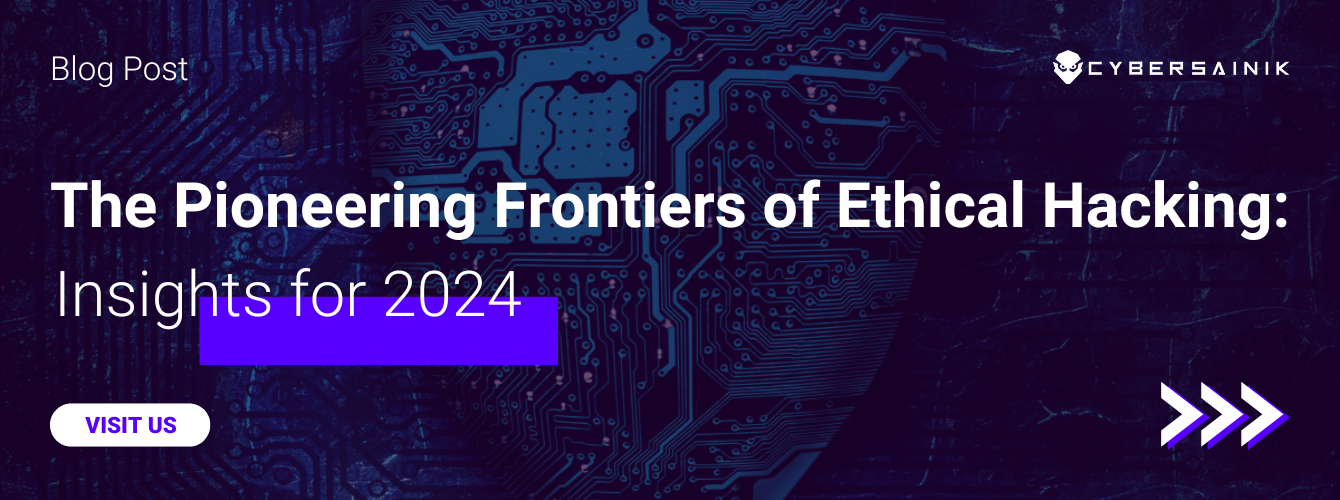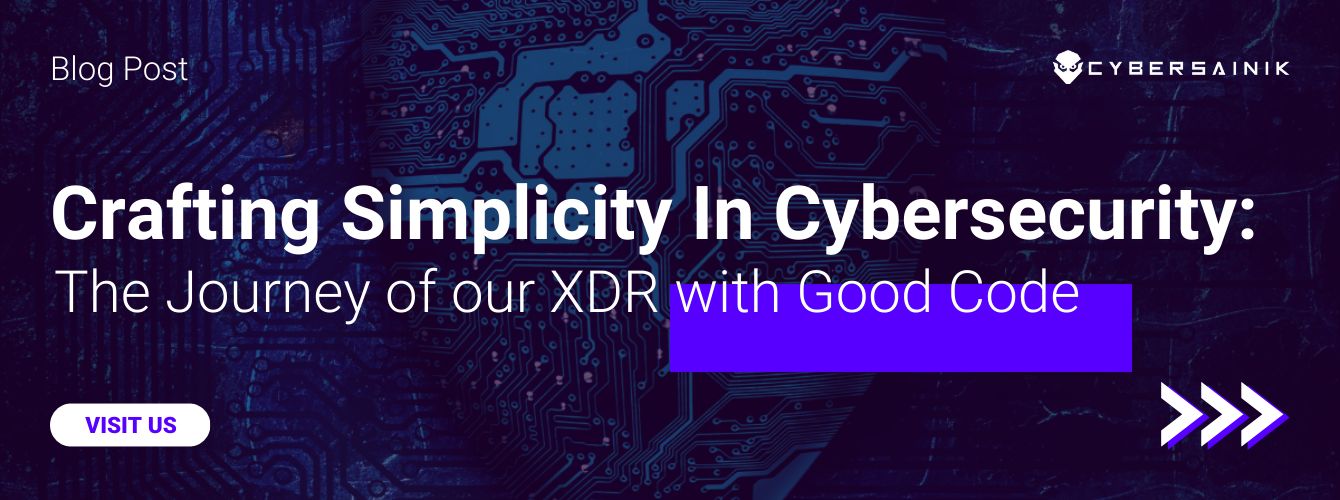Every other day, there is a new headline about a company facing cyber-attacks. In fact, the overall cost of a data breach rose by nearly 10% year over year, the largest single-year increase in the past seven years, according to a report from Ponemon Institute. This constant attack is why it is more important than ever for businesses to manage their vulnerabilities properly. But how can you do this effectively? To protect your business, you need to be proactive in your approach to cybersecurity.
One way to do this is by using predictive prioritization. This blog post will discuss predictive prioritization and how it can help you better manage your vulnerabilities.
What Is Predictive Prioritization?
Predictive prioritization is the process of using data and analytics to prioritize actions, optimize resources, and mitigate risk. In this rapidly changing world, predictive capabilities are critical for staying ahead of the competition and making the most impactful decisions.
To put it simply, predictive prioritization helps you figure out what to do next. It’s all about using data to identify opportunities and threats, and then taking action to maximize your chances of success and minimize your risk exposure.
How Does Predictive Prioritization Work?
Organizations can use predictive prioritization to identify which vulnerabilities are most likely to be exploited and focus their efforts on those issues first. This approach can help organizations save time and resources by remediating the most critical flaws first. The first step is to create a list of all hardware and software assets within an organization, including internet-facing and internal systems-asset inventory.
Once you have your list, you need to track down information about any known vulnerabilities for each asset. You can do this by subscribing to security mailing lists, searching online databases, or checking news sites.
After gathering information on vulnerabilities, the next step is to assess their severity. The process includes considering how easy it would be for an attacker to exploit the flaw, what damage could be done, and how likely it is that someone will try to exploit it. Once you have a good understanding of the risks posed by each vulnerability, you can start to prioritize them.
VPR vs. CVSS: The Ultimate Showdown
As the world of information security becomes more complex, so too do the methods for measuring risk. Two of the most popular frameworks for assessing risk are CVSS and VPR. Both of these frameworks have their pros and cons, but which one is the best?
1) Definition of CVSS
CVSS, or the Common Vulnerability Scoring System, is a framework that assigns a numeric score to vulnerabilities to communicate their severity. This score consists of several factors: attack vector, impact, and exploitability.
2) Advantages CVSS Rating
Predictive Prioritization is a great advantage in that it helps you to identify and fix the most critical vulnerabilities first. This can be extremely helpful, especially if you are working with a limited budget or resources. Additionally, the CVSS rating can help you to understand the severity of each vulnerability. This can be important when making decisions about which vulnerabilities to fix first.
1) Definition of VPR
VPR is a framework that ranks vulnerabilities in order of importance. This ranking is based on several factors, including the number of potential victims, the ease of exploitation, and the potential damage that could be caused.
2) Advantages of VPR Rating
The VPR Rating is another excellent advantage of Predictive Prioritization. The operating system is a tool that helps you prioritize vulnerabilities based on their potential impact. This can be extremely helpful when working with a limited budget or resources. Additionally, the VPR Rating can help you to understand the severity of each vulnerability. This can be important when making decisions about which vulnerabilities to fix first.
Which framework is better?
The answer is that it depends on your needs. If you are looking for a quick and easy way to compare the severity of vulnerabilities, then CVSS is a good choice. However, if you need to consider other factors such as the number of potential victims or the ease of exploitation, then VPR is a better option.
In the end, the best framework for assessing risk is the one that meets your specific needs. So, whether you choose CVSS or VPR, make sure you understand the strengths and weaknesses of each framework before making your final decision.
What Are the Benefits of Predictive Prioritization?
There are many benefits of predictive prioritization, including:
1) Improved security
By focusing security efforts on the areas most at risk for a data breach, organizations can better protect their data. This proactive approach to security can help organizations avoid or minimize the impact of a data breach.
2) Cost Savings
Implementing predictive prioritization can help organizations save money by reducing the need for reactive measures, such as hiring extra staff to clean up after a data breach. Predictive prioritization can also help organizations avoid the costs associated with regulatory fines and litigation.
3) Improved Customer Satisfaction
Data breaches can have a negative impact on customer satisfaction. By implementing predictive prioritization, organizations can help avoid data breaches and keep their customers happy.
4) Improved Efficiency
Predictive prioritization can help organizations allocate their resources more efficiently by focusing on the areas most at risk for a data breach. This proactive approach can help organizations avoid or minimize the impact of a data breach and save time and money in the long run.
Bottom Line
Predictive prioritization is a key component of an effective vulnerability management program. By understanding how to prioritize vulnerabilities, organizations can more effectively allocate resources and mitigate risk. Additionally, predictive prioritization can help reduce the overall number of vulnerabilities in an organization by identifying and addressing those that are most likely to be exploited.
Organizations should consider a number of factors when prioritizing vulnerabilities, including the severity of the vulnerability, the likelihood of exploitation, and the impact of exploitation. Disturbed by vulnerability and other cyber threats? Contact Cyber Sainik for professional and exceptional services. Get in touch for a free consultation to learn more about our services and how we can help you protect your business.




